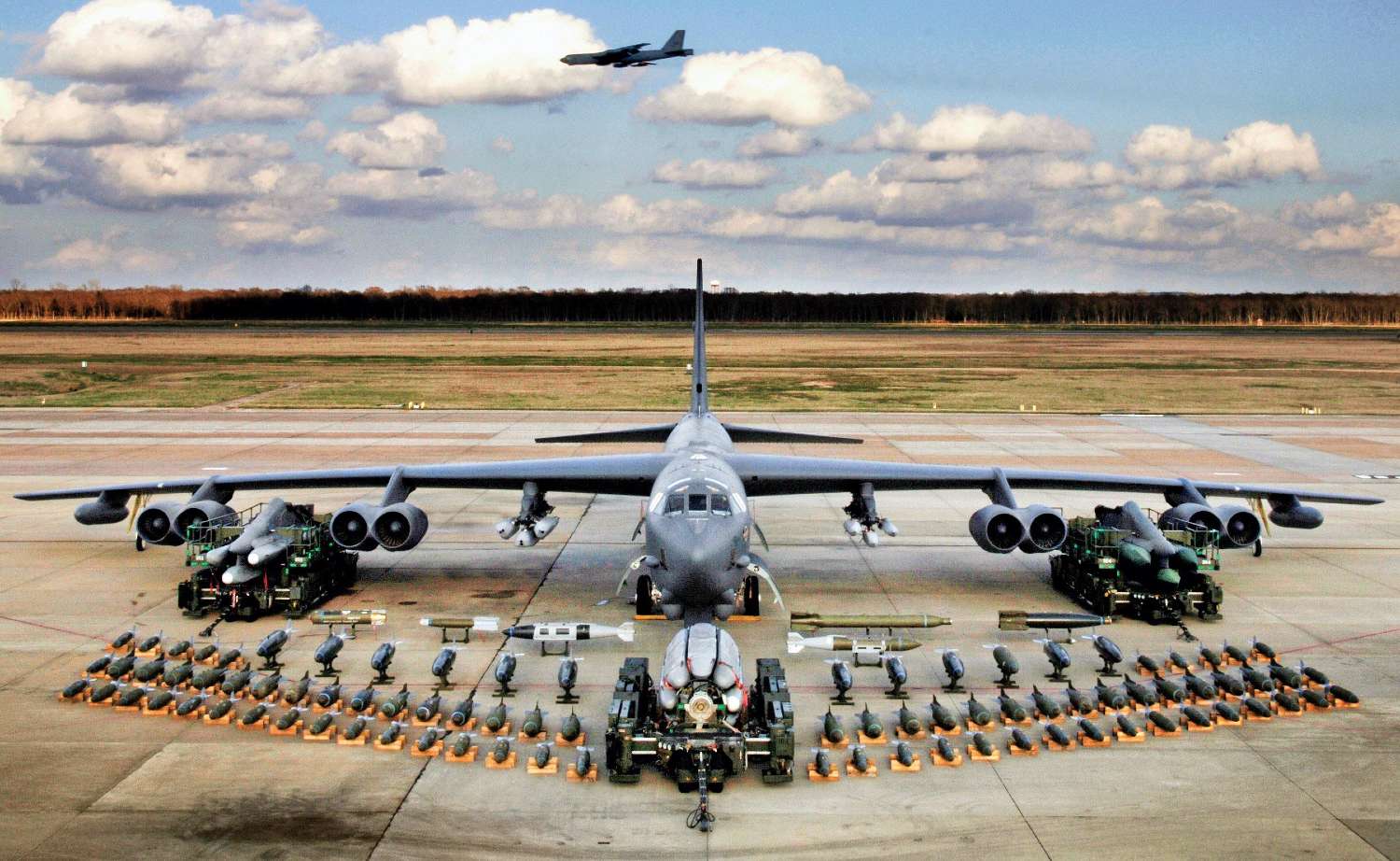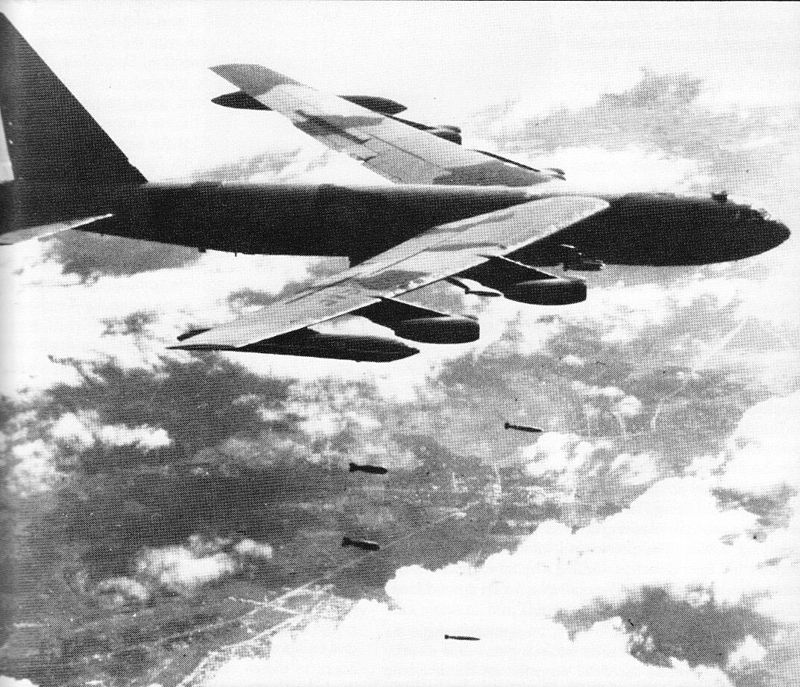The United States has deployed B-52 Stratofortress bombers at Andersen Air Force Base, augmenting its military capability in Guam, a crucial militarized island in the Pacific Ocean.
The deployment occurred merely days before the Air Force’s joint aerial exercise, Cope North, scheduled to start on February 5.
Arriving in late January, the B-52 bombers, affiliated with the 5th Bomb Wing at Minot Air Force Base, N.D., were officially designated as part of the ongoing Bomber Task Force (BTF) missions conducted by Pacific Air Forces.
The service said, “Designed to showcase the US’s ability to deter, deny, and dominate, BTF missions aim to influence and dissuade aggression from adversaries or competitors.”
During their stationing in Guam, the B-52 operations and support personnel adopted the designation of the 23rd Expeditionary Bomb Squadron, as mentioned in an official communication from the Air Force.

This deployment follows a series of similar missions, with B-52s previously deployed from Barksdale Air Force Base to Guam in October and April of the preceding year. Moreover, B-1 bombers were deployed to Guam in June and October of 2022 as part of Bomber Task Force missions.
The Air Force’s deliberate approach to maintaining unpredictability in the length and pacing of Bomber Task Force missions aims to keep potential adversaries uncertain.
These missions, designed to showcase the United States’ capacity to deter, deny, and dominate, underscore the nation’s commitment to influencing and dissuading aggression in the region.
Reacting to the arrival of the B-52s, Captain Zachary “Smash” Holmes, the 23rd EBS weapons officer, expressed readiness and enthusiasm.
He highlighted the importance of having crews prepared to participate in the mission and maintenance personnel ready to support where needed.
“It’s great to receive our crews, so finally, we’re ready to go out and take part in the mission as well as get our maintenance personnel ready to support where they’re needed,” Holmes said. “We’re ready to go.”
Nevertheless, the service has refrained from divulging the precise number of bombers that have arrived in Guam. This maneuver occurs against the backdrop of escalating tensions with both China and North Korea and sets the stage for significant military activities in the Pacific region.
Graveyard Of B-52 Bombers
The B-52 Stratofortress, an iconic symbol of American air power, has stood as the cornerstone of the United States’ strategic bomber fleet for over seven decades.
However, its storied history includes a pivotal chapter – Operation Linebacker II during the Vietnam War – that left an indelible mark on the aircraft and the annals of military strategy.
In 1972, Operation Linebacker II witnessed a severe blow to the reputation of the B-52 bomber fleet during its deployment in the Indo-Pacific region.
Over 200 B-52 bombers executed 730 sorties, dropping more than 20 kilotons of bombs on North Vietnam during the 12-day campaign.
This intensive US bombing effort, commonly known as “the Christmas bombings,” destroyed significant portions of Hanoi, with an estimated 1,600 Vietnamese casualties.
Some credit the success of Operation Linebacker II with coercing North Vietnam back to the negotiation table, hastening the end of the Vietnam War.

Yet, the operation came at a high cost for the United States Air Force, with 15 B-52s shot down, six in one day alone, and 33 airmen lost, highlighting the formidable challenges faced by the iconic bomber.
The B-52s encountered fierce resistance from Soviet-made S-75 Dvina (NATO reporting name SA-2 Guideline) high-altitude air defense systems deployed by North Vietnam.
Capable of launching a 195-kilogram warhead at altitudes exceeding 30,000 meters and speeds surpassing Mach 3, these systems proved to be a formidable adversary.
North Vietnam strategically positioned around 26 S-75 surface-to-air missiles, complemented by a substantial anti-aircraft artillery presence and a sophisticated radar network, adding complexity to the air defense landscape.
The B-52 fleet employed in Operation Linebacker II comprised G and D models. While all D models had undergone the latest electronic countermeasure modifications, only half of the G models had received these upgrades by that time, as previously reported by the EurAsian Times.
This technological disparity left the G models vulnerable to SAM attacks. Additionally, the reliance on tactics reminiscent of World War II played a role in the vulnerability of the B-52s during this operation.
The need for evolving strategies became apparent as the aircraft faced a changing and more sophisticated air defense environment.
While the US Air Force is consistently upgrading the B-52 Stratofortress aircraft to counter modern threats, particularly in the context of potential challenges from near-peer rivals like China, it is concurrently progressing with plans to deploy the next-generation B-21 Raider bomber. The first B-21 Raider fleet is expected to enter service in the middle of the 2020s.
- Contact the author at ashishmichel(at)gmail.com
- Follow EurAsian Times on Google News




